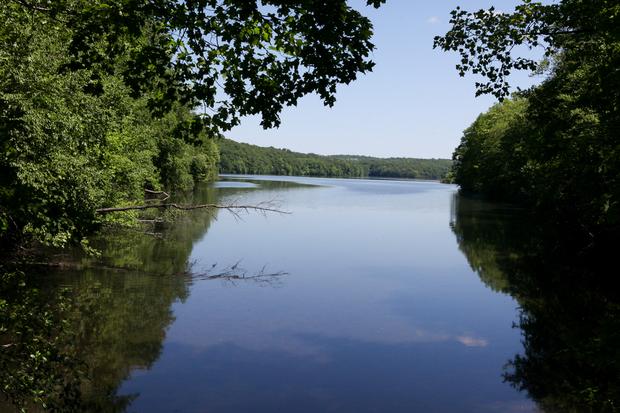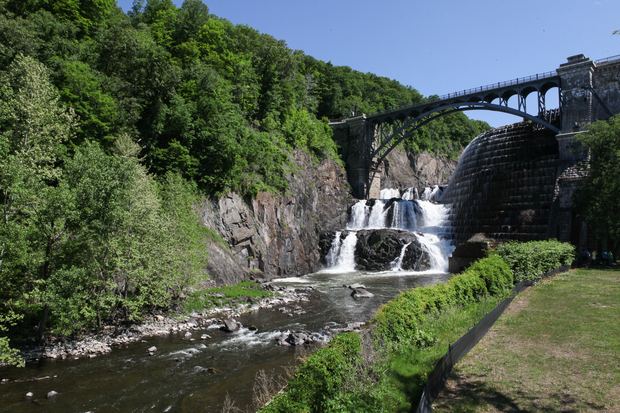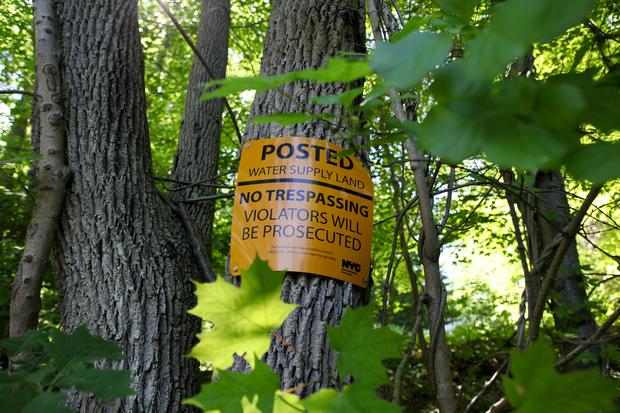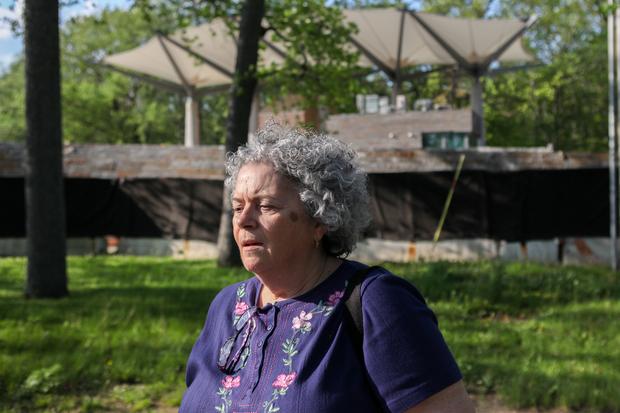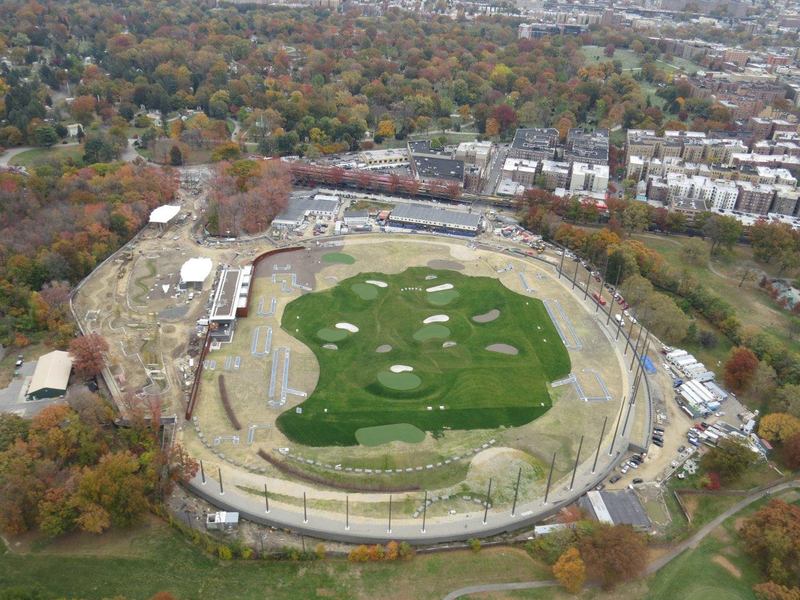
Still believe that old saw that New York has the cleanest drinking water in the country? For large cities it does rank high, but water from the Croton watershed — generally the city's reservoirs on the eastern side of the Hudson River — hasn't met U.S. Environmental Protection Agency standards since they were raised in the 1980s. So the EPA ordered the city to filter its water or pay steep fines. It did both.
The Croton Water Filtration Plant, which cost $3.5 billion and is located in Van Cortlandt Park in the Bronx, went online in early May. It is currently filtering 10 percent of the city's drinking water, though it has capacity to filter more. If you live in certain parts of Manhattan and the Bronx you are already drinking this water, although you probably won't even notice the difference, because it is mixed with water coming from the western watersheds in the Catskills.
Chris Ward, the head of the city Department of Environmental Protection when construction on the plant began, told WNYC that he understood why the animosity towards the plant continues.
"I stand by that it was the right decision," he said. "It was built in the right place; the Bronx benefited from it. But the way governments engage with communities now on infrastructure has to change."
New York isn't the only city figuring out how to build an expensive piece of infrastructure to meet federal guidelines.
"I would call it a sign of the times," said George Tchobanoglous, professor emeritus at the University of California, Davis. "As population has increased, the opportunities for contamination of public water supplies have also increased. And therefore I think if we’re going to err, we should err on the side of public health."
For more details, listen to the story and read the companion piece, "Croton Plant Still Stirs Anger, Questions about Water Projects," on CityLimits.Org.

